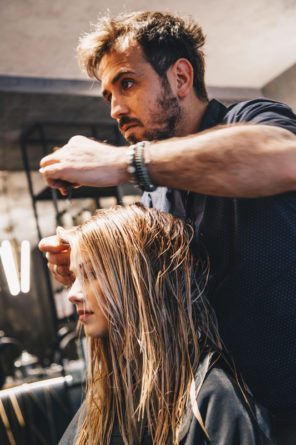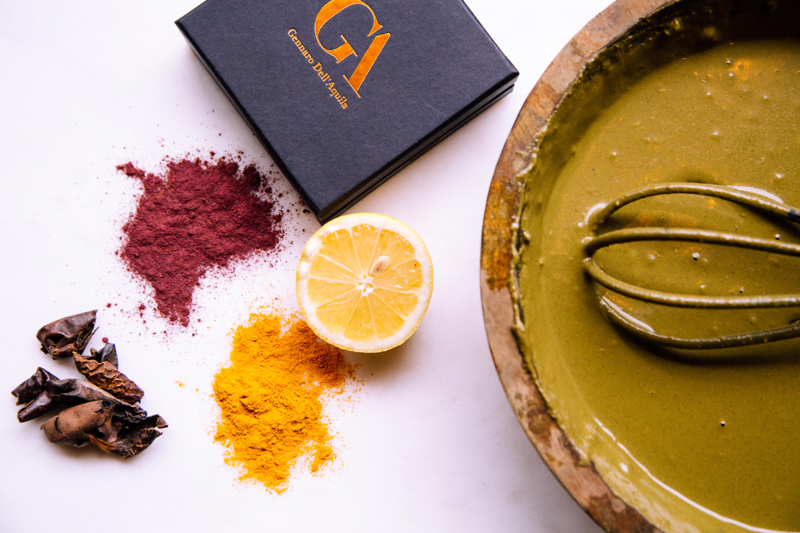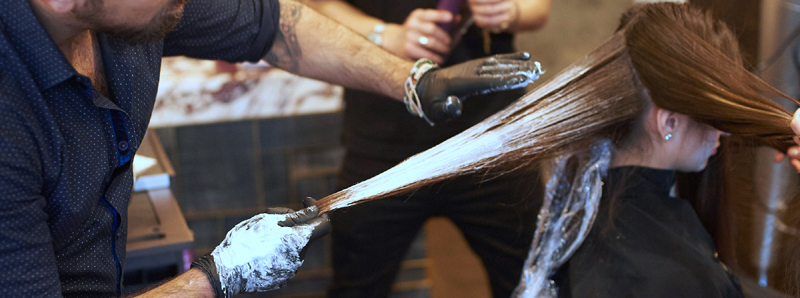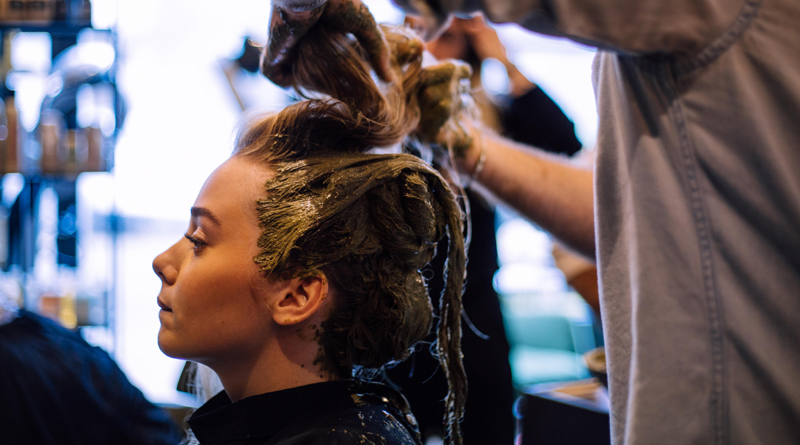Q&A: GA SALONS – WHY NATURAL COLOURS ARE BETTER FOR YOUR HAIR
GA Salons believe natural is best – but that doesn’t mean you have to live with the hair colour you are born with. By using natural hair dyes, you can create a range of wonderful colours without damaging and weakening your hair. Founder Gennaro Dell Aquila answers our questions about using natural, rather than chemical, hair colours…
Why do you prefer natural hair colourings?
GA’s philosophy is based around an understanding of natural, curative products.
 When using chemicals over a long period of time, hair weakens and you become a slave to the maintenance that follows. It is our belief that using natural colours can create beautiful, luxurious hair that grows healthier over time.
When using chemicals over a long period of time, hair weakens and you become a slave to the maintenance that follows. It is our belief that using natural colours can create beautiful, luxurious hair that grows healthier over time.
GA’s 20 signature blends are made using nothing but 100% natural and organic herbs, roots and flowers, for example Henna, Walnut, Chamomile, Turmeric, Hibiscus, Rhubarb and Indigo. The blends are then crafted and mixed around the individual for a truly bespoke service.
Can you put a natural colour on top of any other dyes?
Sometimes we have to go through a stage of detox (switch), and this needs to be done with chemical, but non-invasive, colours. For example, a semi-permanent acidic base dye.
What are the issues with chemical colours?
The issues are multiple. For me, it’s all about the quality of the hair. Over time, normal oxidative colour makes the hair dry and lifeless as it strips out melanin and material from the inside. I see a lot of people coming to the salon who have tried to get a natural colour with so many artificial dyes. It just doesn’t work – and it definitely will never look healthy and natural.
Where do the natural colours come from and what are they made of?
They come from all over the world, mainly Asia and Middle Eastern countries where the environment is right for them to grow.
They are made of the leaves, flower or roots, depending of which part of the plant contains dye or other benefits.
For example, we have a colour that is made of wood, another one made of the leaves of lawsonia inermis and a lighter colour made of both leaves and bark (the bark contains less pigment).
How do you ensure they are safe and hygienic?

Once the plants arrive with us, we do several tests to ensure their safety. We make sure that there are no heavy metals, pesticides or bacteria present.
And with the help of the University la Sapienza in Rome we test the chemical purity.
The products are eco-bio certified by the AIAB and Qcert; two renowned bio eco cosmetics agencies.
Finally, to destroy completely any bacterial load we run the final product through a special (secret) process that destroys any and all remaining bacteria, leaving no traces.
At the end we have the purest cleanest product you can find out there.
Natural colours tend to fade or wash out faster than chemically-based permanent colours – why do you believe this actually an advantage?
No, it’s actually the opposite. Chemical permanent colours are permanent while the hair is healthy. But, unfortunately, that’s not always the case and I see chemical permanent colours go brassy daily.
Permanent colour is called permanent because the artificial dye molecule is bigger than the hair fibre and because of that it cannot escape. But what if the fibre is broken or shredded and it cannot hold the molecule any longer? The molecule slips away and what you are left with is the oxidation, i.e. a brassy colour that bears little resemblance to the hue you started with.
Natural colours are different; they bind with the keratin externally and create a film around the fibre. It’s actually more difficult to get rid of GA’s colour than permanent colour! The true colour stays longer and provides a more natural blend between the dyed colour and the natural re-growth.
Where can we find out more in UK?
GA has salons in London in Notting Hill, Wimbledon, London Bridge and Chelsea
For more information, please visit – gennarodellaquila.co.uk


